Touring the Cuban Railway Museum. Havana // Recorriendo el Museo del Ferrocarril de Cuba. La Habana (Eng/Esp)
English version
Hello dear community of travellers. On this occasion I invite you to take a tour of the interesting Museo del Ferrocarril de Cuba in Havana. It is located near the intersection of the streets Cristina and Arroyo Avenue (Manglar), this museum constituted the old railway station ''Cristina'', name that was given in honour to the governor Doña María Cristina de Borbón, regent of the kingdom of Spain. This building was the main station of the Empresa de Ferrocarriles del Oeste, a company founded in 1859 by the wealthy Pedroso family. In 1912, passenger operations were terminated due to the inauguration of the Central Railway Station; as a result, Cristina was used as a depot to store disused traction equipment. In 1980, work began on the restoration of Cristina until 19 November 2002, when it was inaugurated as the Cuban Railway Museum, declared a National Monument. In this museum we can learn about the history of the Cuban railway and contemplate a variety of locomotives, tools and equipment of the Cuban railway system throughout history. Part of the building is currently being restored.
As soon as we enter the building, in the main hall we find one of the most emblematic pieces of the museum, the oldest locomotive of Cuba called ''La Junta'', with the special characteristic that it conserves almost all its original pieces. It was built in 1842 and sent to Matanzas a year later, constituting the main locomotive of a Matanzas railway called Ferrocarril de Matanzas. It was bought in the USA and was designed by the American Thomas Roger, a prominent 19th century steam locomotive manufacturer, and commissioned by Alfred Cruger, the engineer who designed and built Cuba's first railway. With the creation of the Central Railway Station in Havana, both railways were unified and this locomotive was taken to its current location.

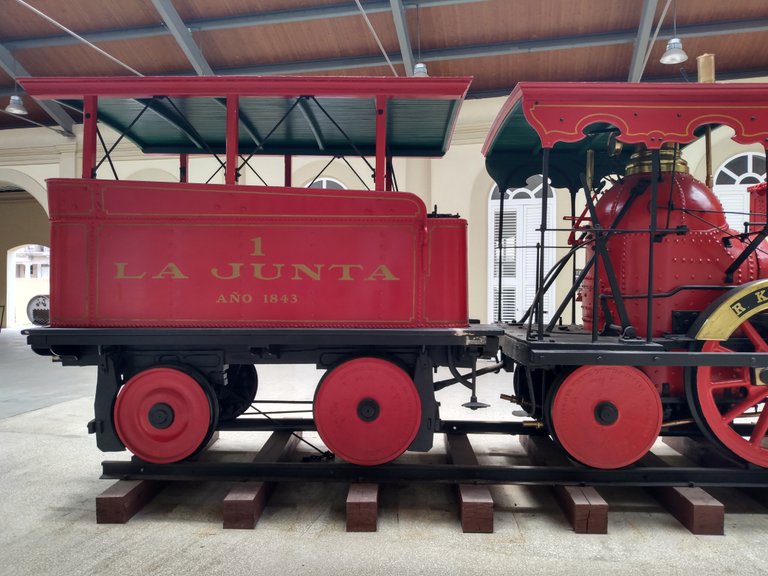
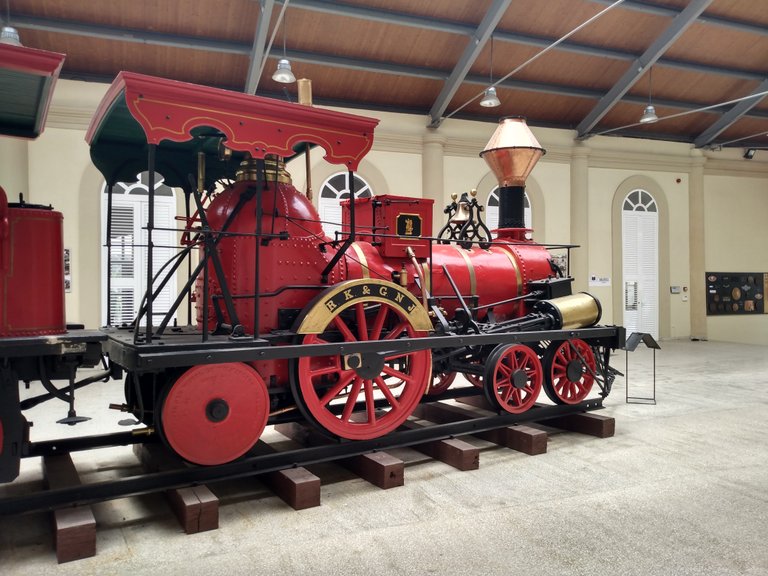
We can also find the only English locomotive in the museum, the Manning. It was manufactured in 1873 by the English company Manning, Wardle and Co. LTD with the serial number 441 and is considered the second oldest locomotive and the only one made in England that is preserved in Cuba. It was acquired by the Ferrocarril de la Bahía de La Habana and its presence in a good state of preservation is the result of an outstanding industrial railway archaeological rescue carried out between 2003-2006.
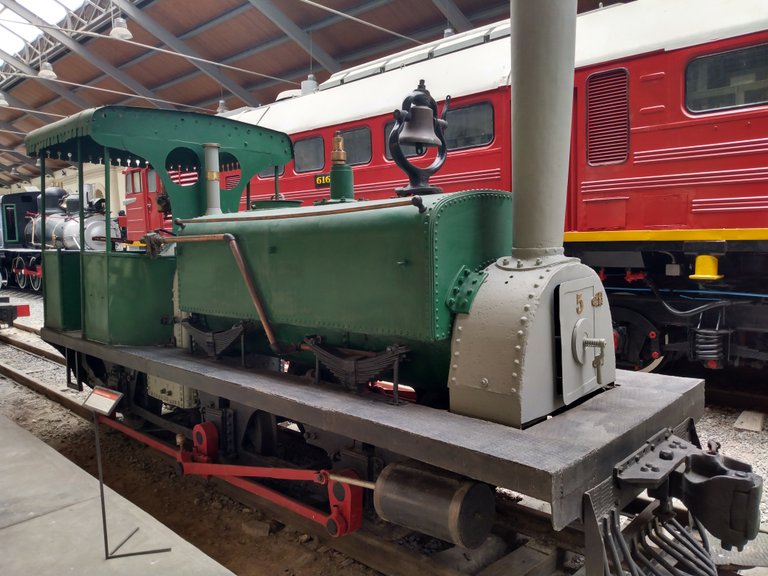
Another of the engines that attract attention is number 1112, used in one of the scenes of the Cuban film ''José Martí: El ojo del canario'' (José Martí: The eye of the canary). This locomotive was working at the end of the 20th century in the sugar mills and at that time it was considered the oldest active steam locomotive in the world.
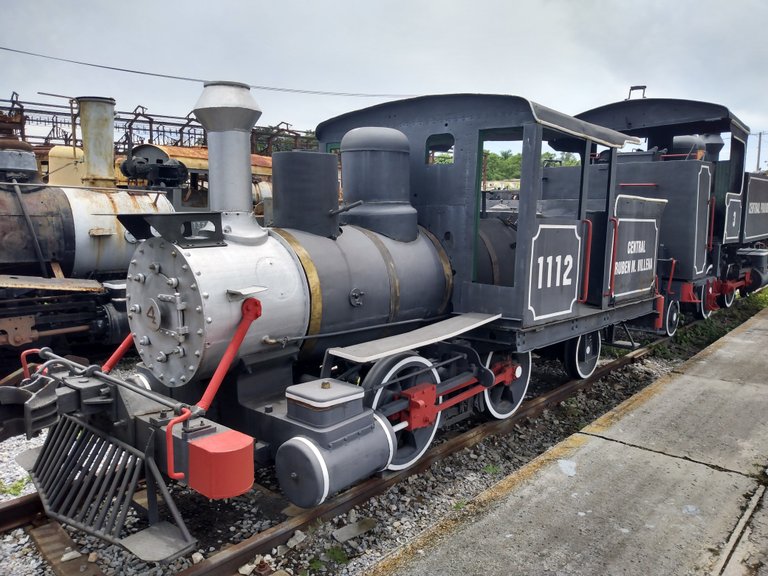
The steam locomotive #1657 stands out among all its peers for the enormous size of its wheels, 57 inches in diameter! It was manufactured in 1916 and when it started operating in Cuba it had the number 239 of the North American company Cuban Railroad of the Ferrocarriles de la Norte de Cuba and for several years it was in charge of transporting passengers from Santiago de Cuba to the capital. In spite of its age, its components are very well preserved.
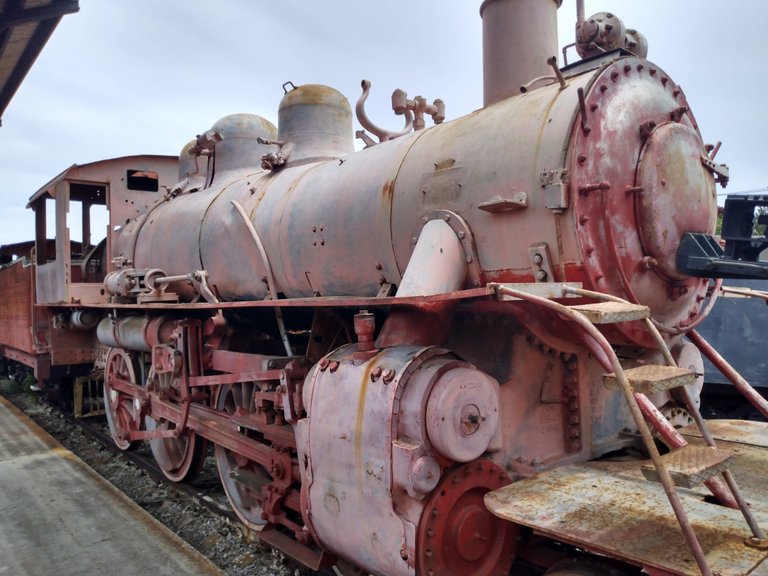
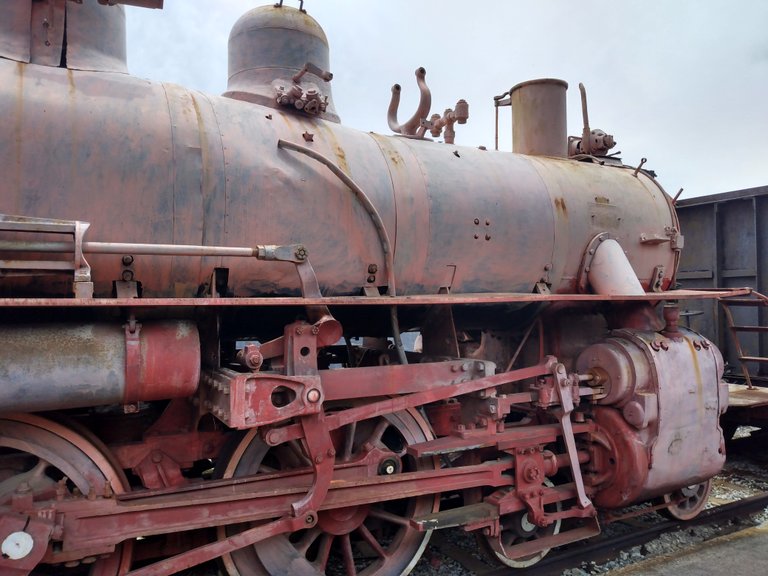
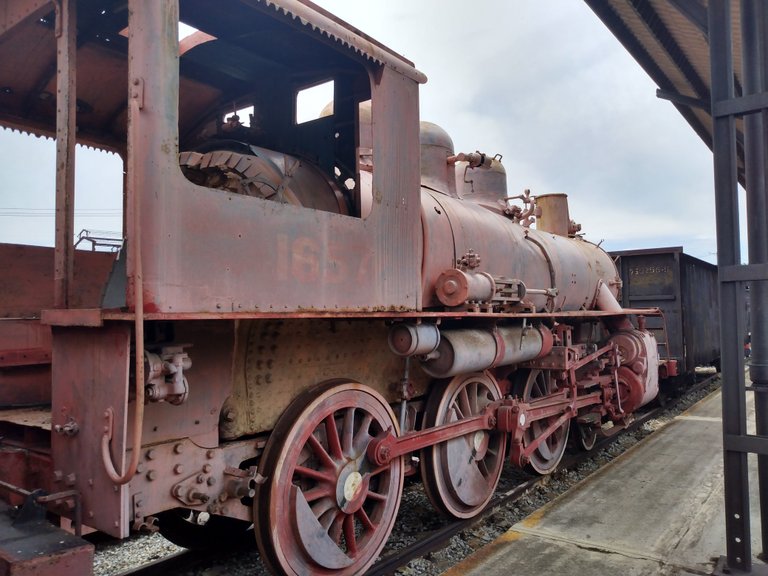
Another of the pieces that have a special attraction is the locomotive with which Fidel Castro, historical leader of the Cuban Revolution inaugurated the first reconstructed and modernised section of the central railway line on 29th January 1979, date considered as the Railway Workers' Day in Cuba.
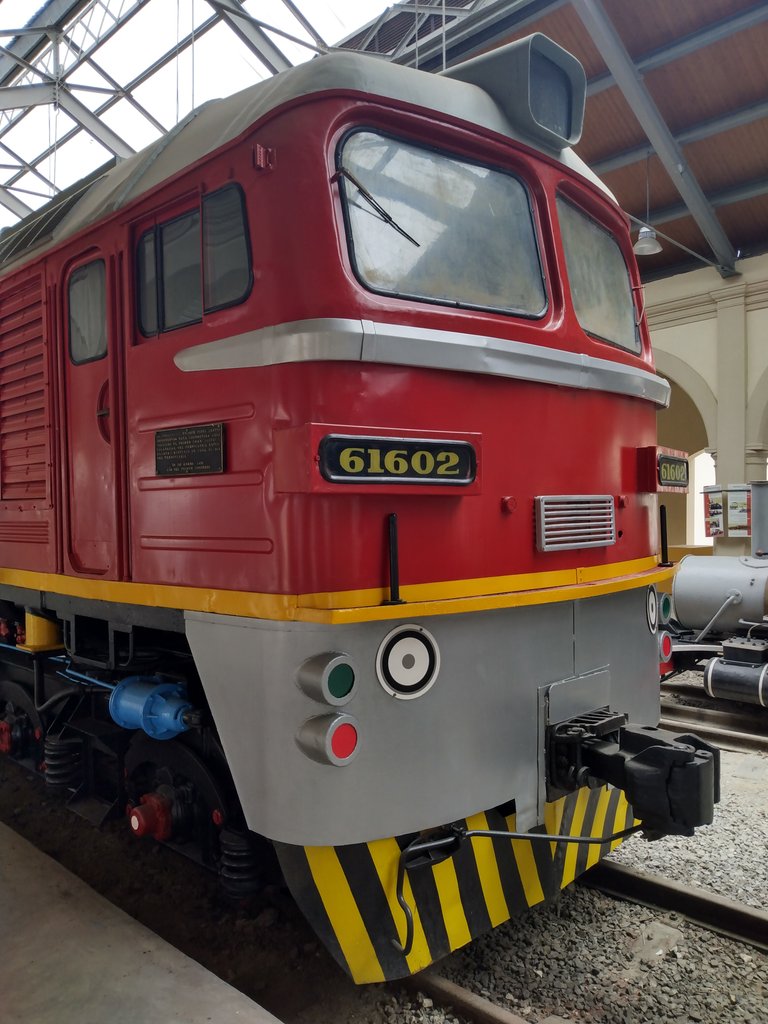
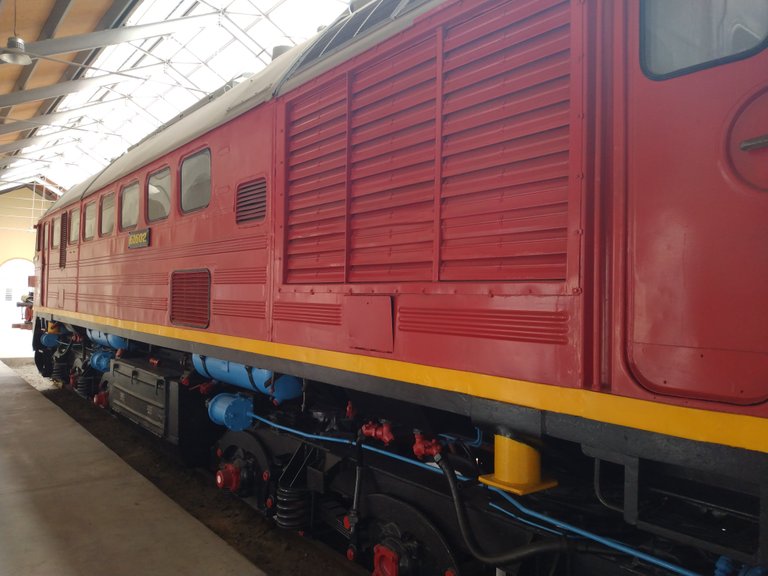
The narrow gauge Baldwin locomotive is part of the sugar and railway heritage, its construction dates back to 1905 in the United States and it was acquired by the Santa Lucia power station, where it spent its entire useful life.
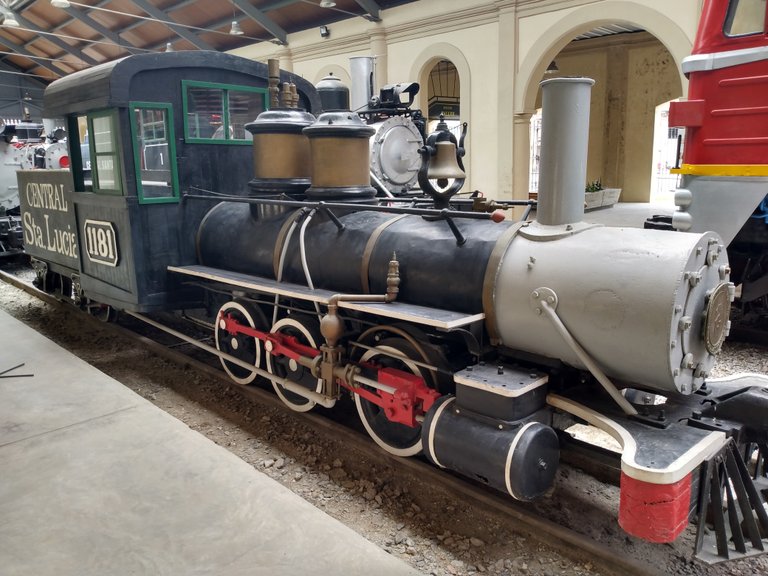
I was very struck by the functionality of a type of steam locomotive that was not used to move freight, but rather to supply hot steam through a thick hose to the other locomotives that were used for traction.

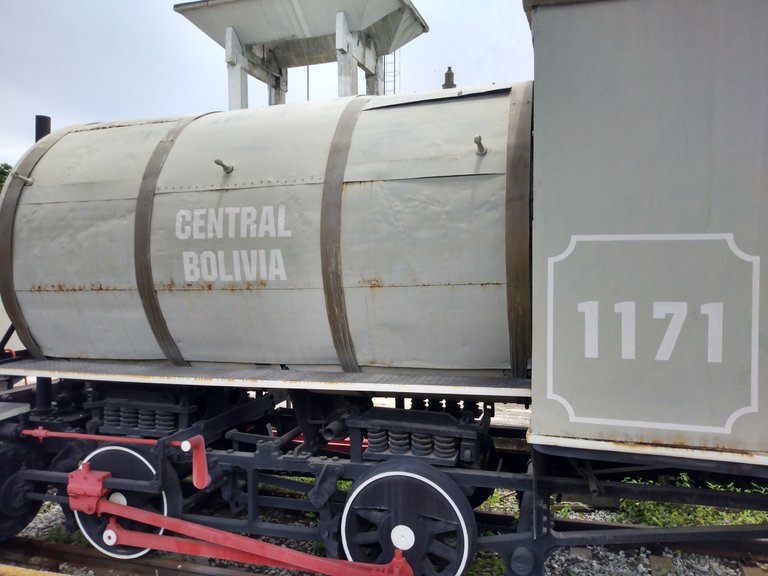
Steam locomotive 1501, manufactured in 1895 by Rogers Locomotive and Machine Works, USA, was acquired by Ferrocarriles Unidos de La Habana for a sugar mill and later served in the Rosario (Rubén Martínez Villena) and Orozco (Pablo de la Torriente Brau) mills.
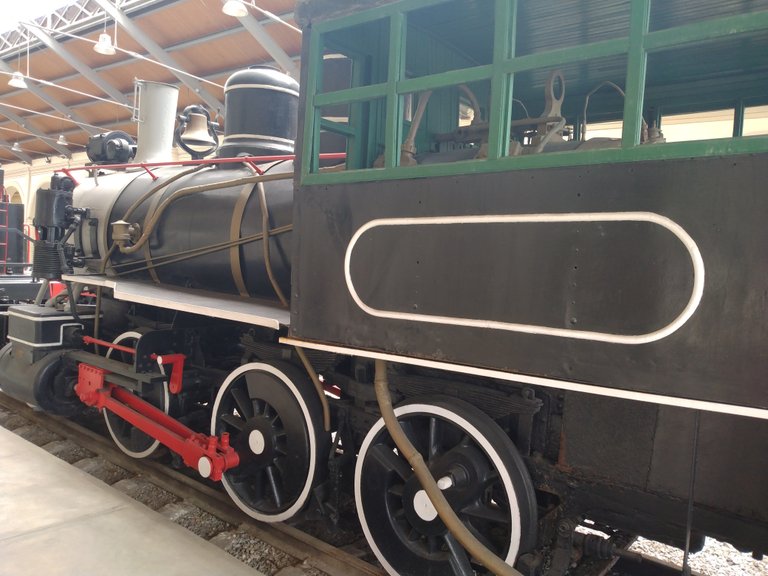
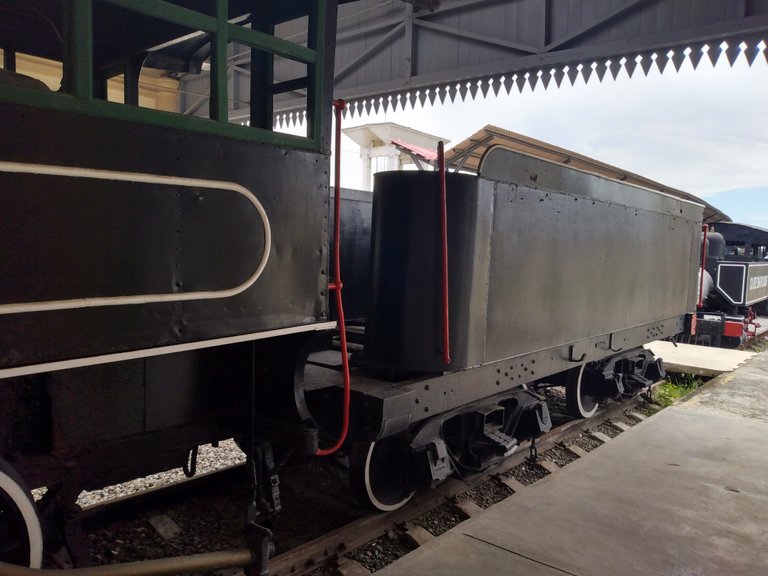
Another interesting machine was the crane, which was used to lift wagons and other heavy loads. Like the old locomotives mentioned above, its operation was based on the energy of hot steam. It reached a maximum speed of 30 km/h and could lift weights of up to 75 tons.
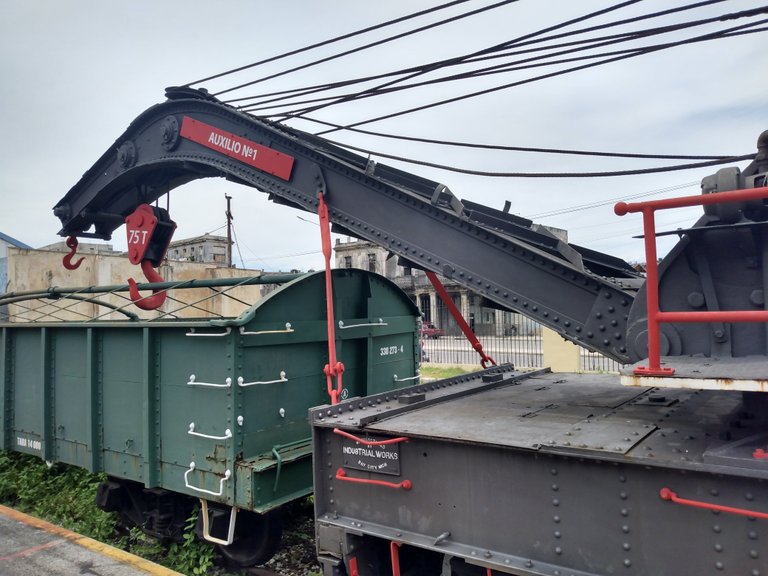
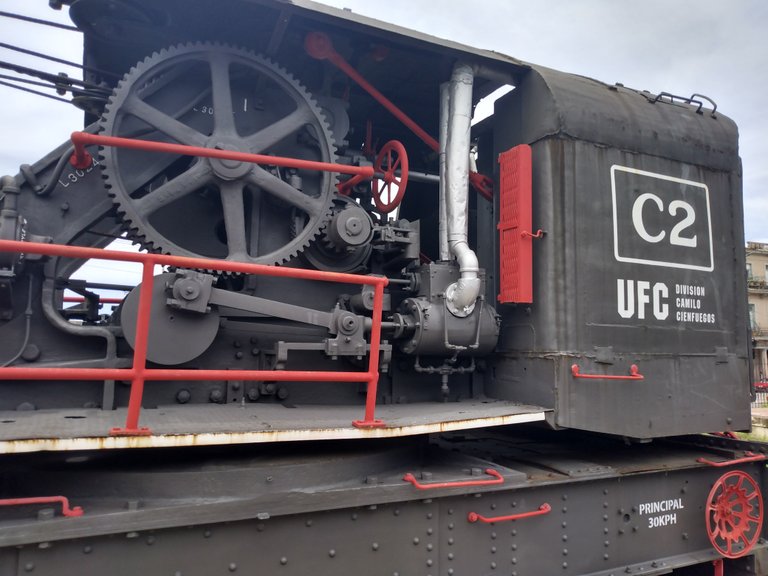
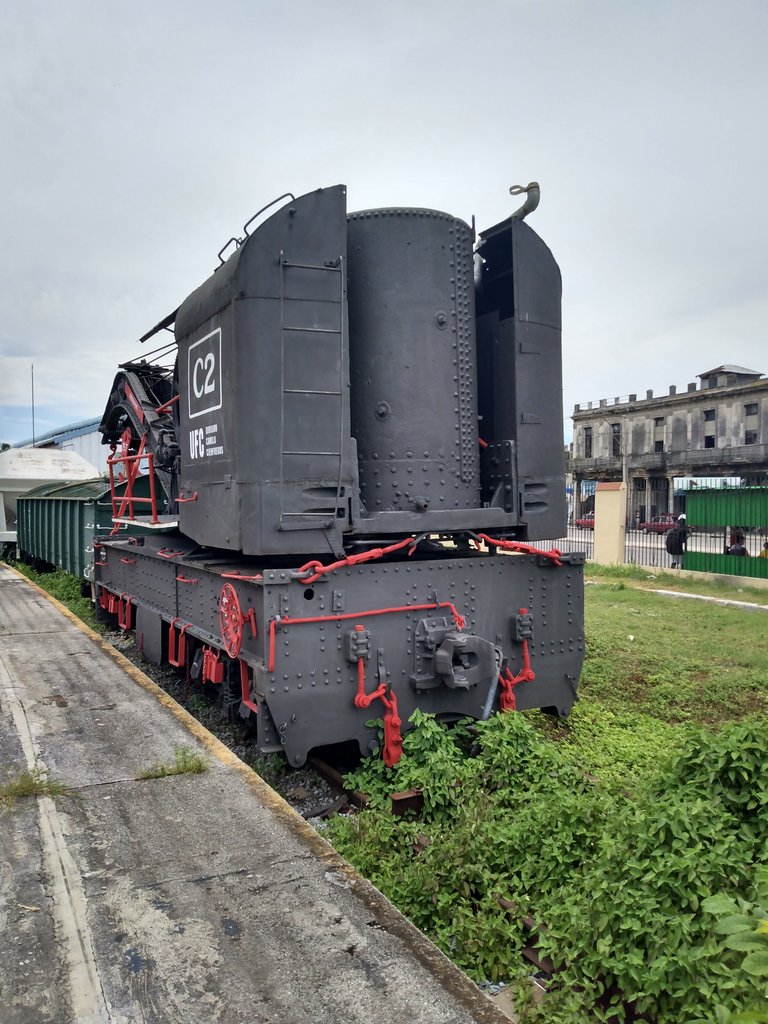
Regrettably, the locomotive model hall is currently closed to the public, but in one part of the main hall there are two beautiful steam locomotive models on display, made with incredible artistic mastery down to the smallest detail.
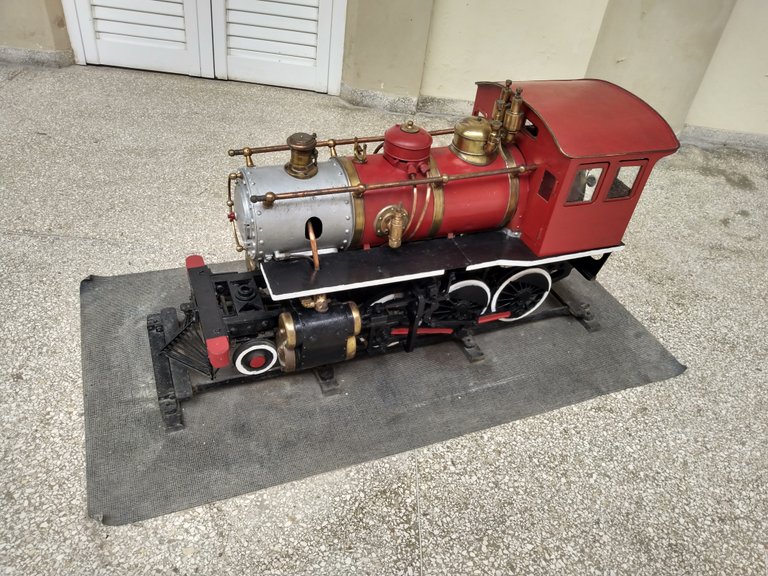
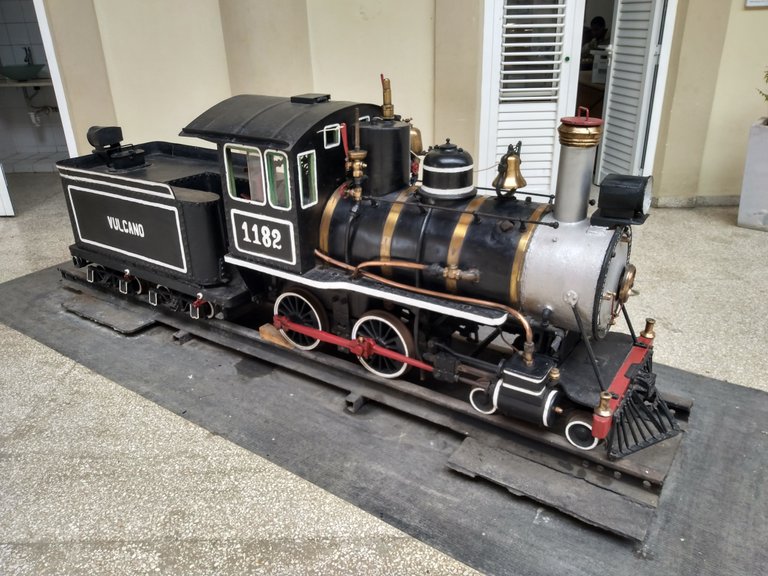
In the workshop session we found other no less important elements preserved in the museum, such as: signalling equipment, track switch, lathes, presses, metal cutters, etc., which allowed the correct functioning of the railway system.
Manual barrier used to prevent the passage of vehicles when a train is approaching.
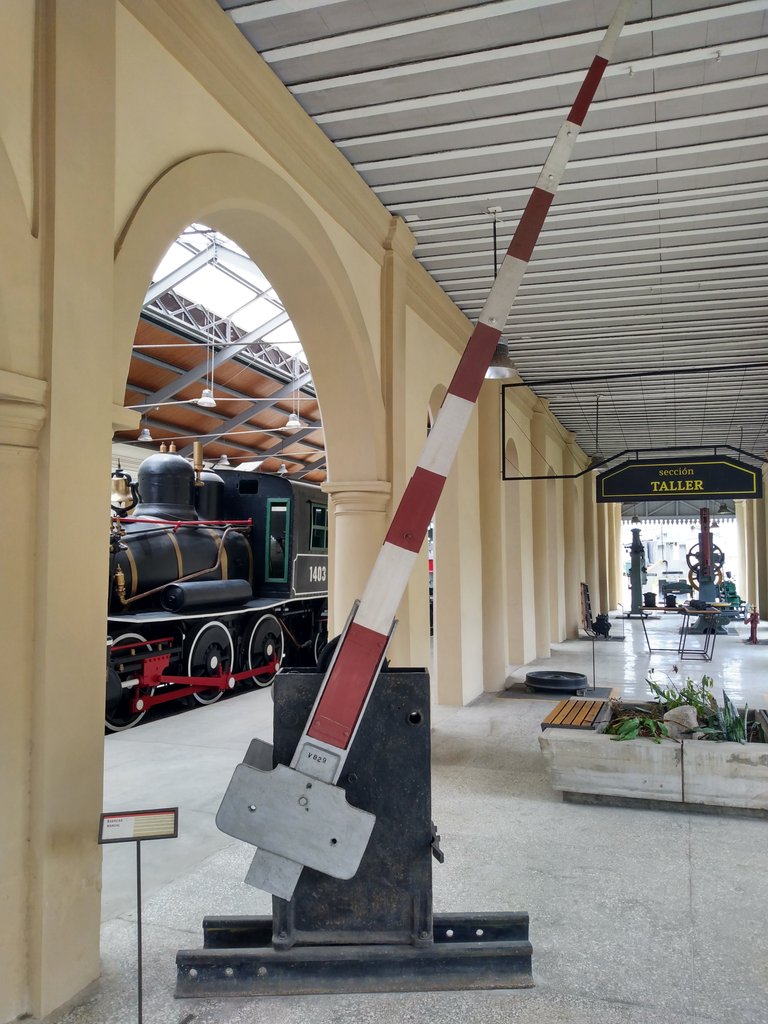
Dwarf paddle traffic light.

Level crossing bell used to warn of the approach of a train.
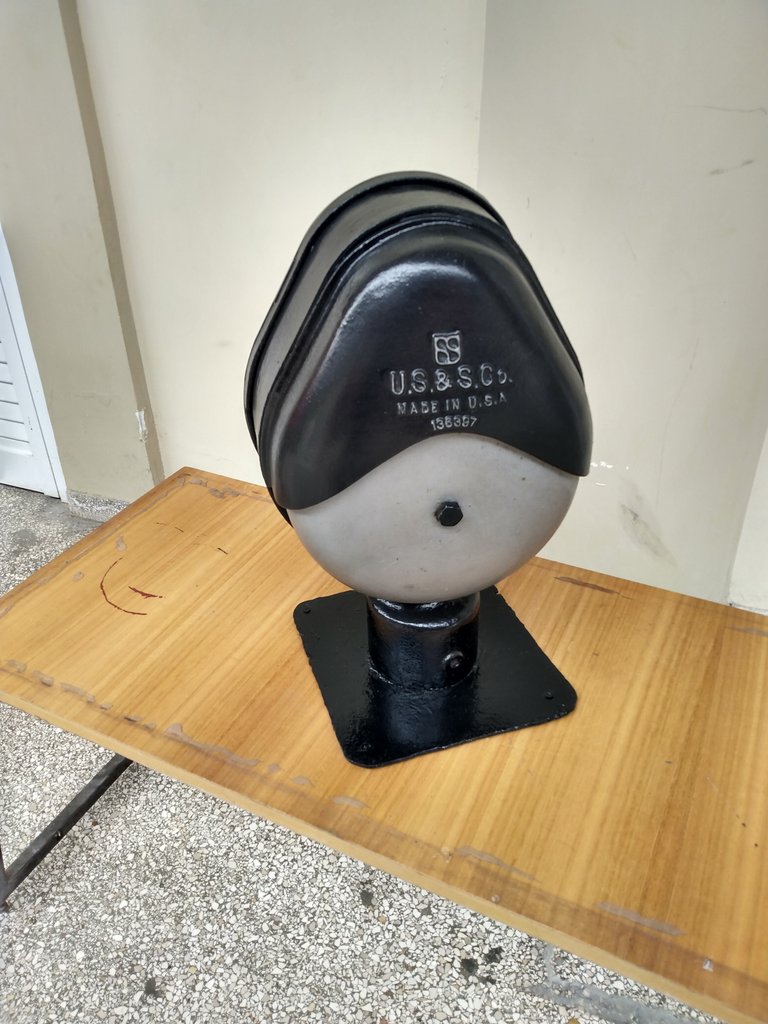
Martinents used for riveting metal parts, manufactured in 1870 and 1896 by American companies.
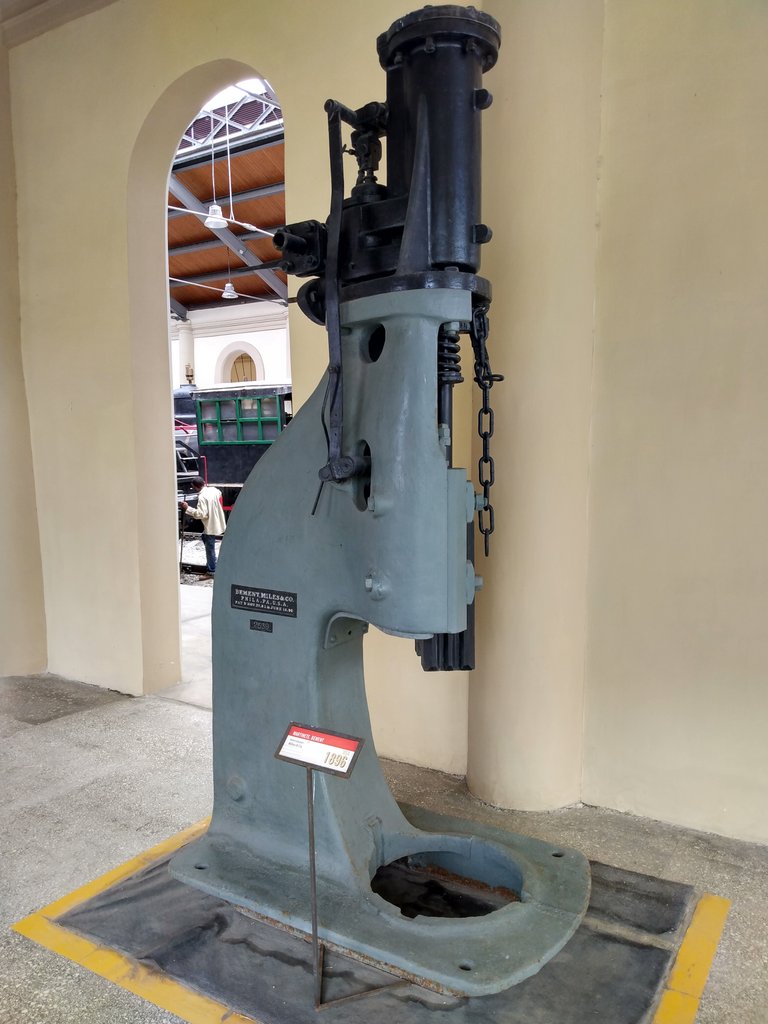
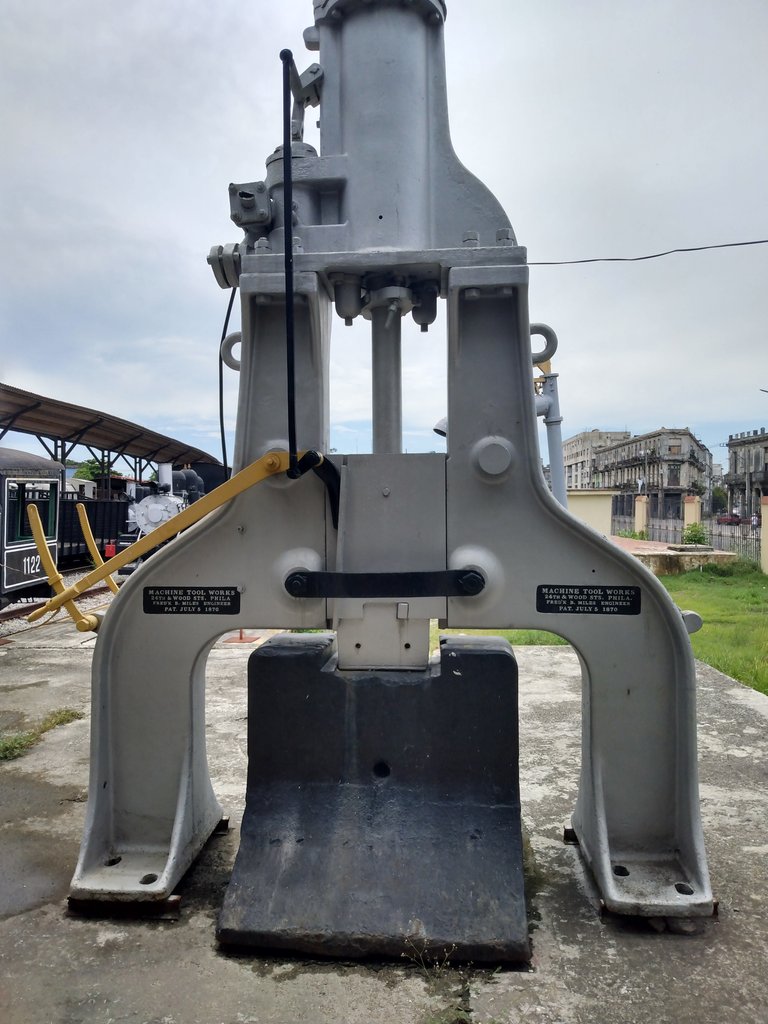
Metal cutter, manufactured in 1914 by the English company The Peck Stow and Wilcox Co.
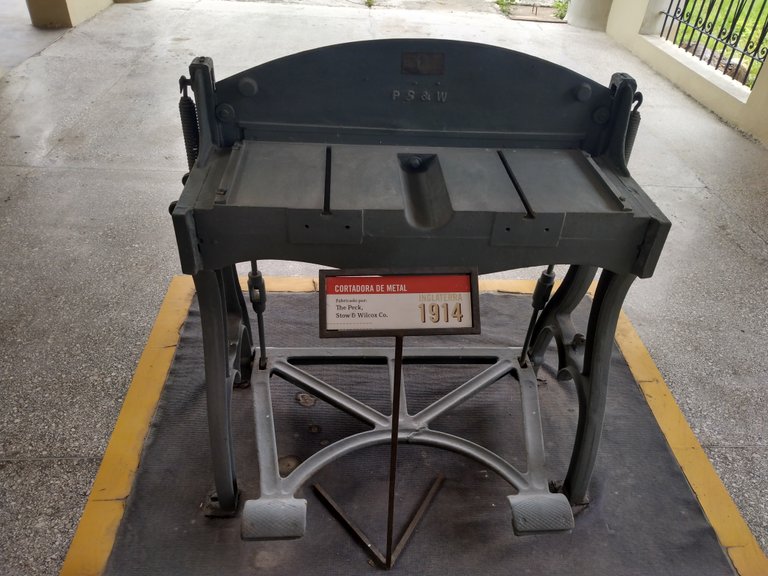
24-lever interlocking
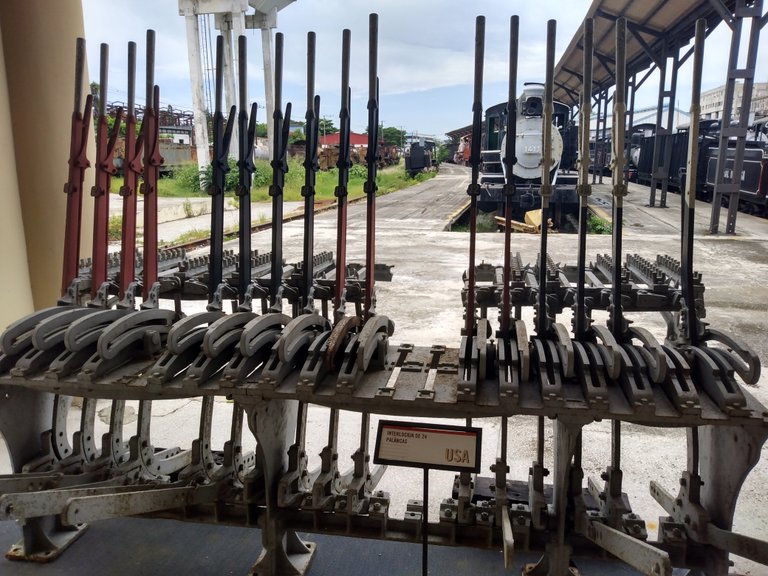
English tapping machine
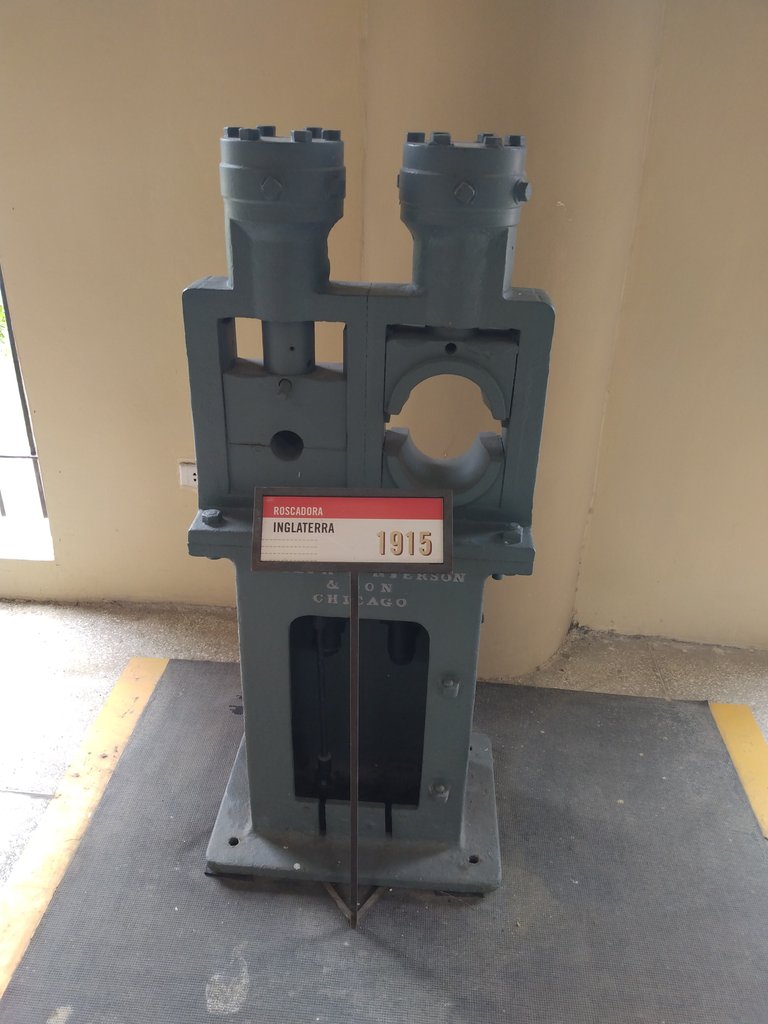
Electric switch control console
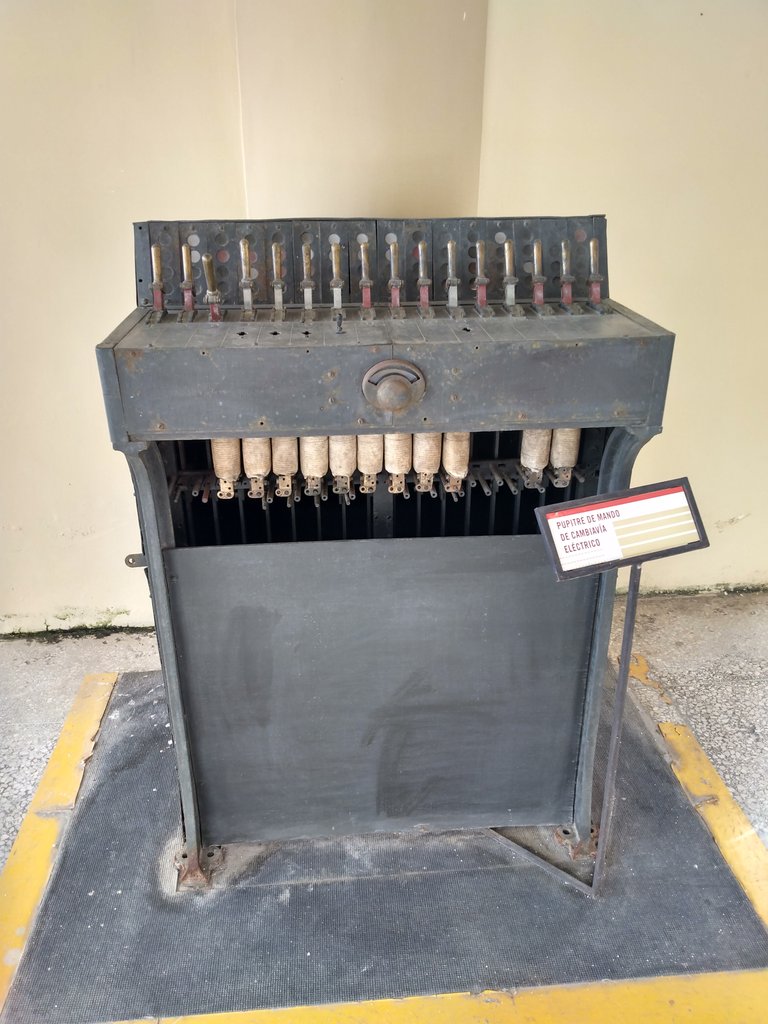
Steam lathe, American made.
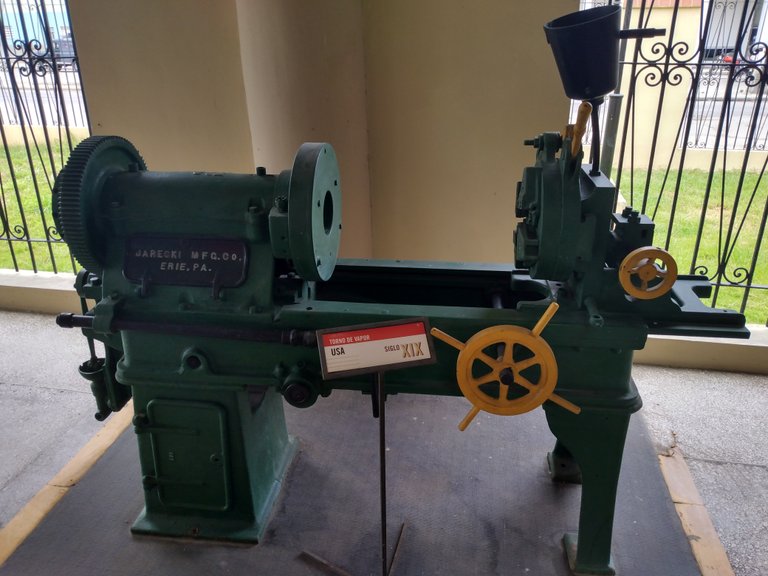
Ticket office where bulletins were sold when Estación Cristina was in operation.

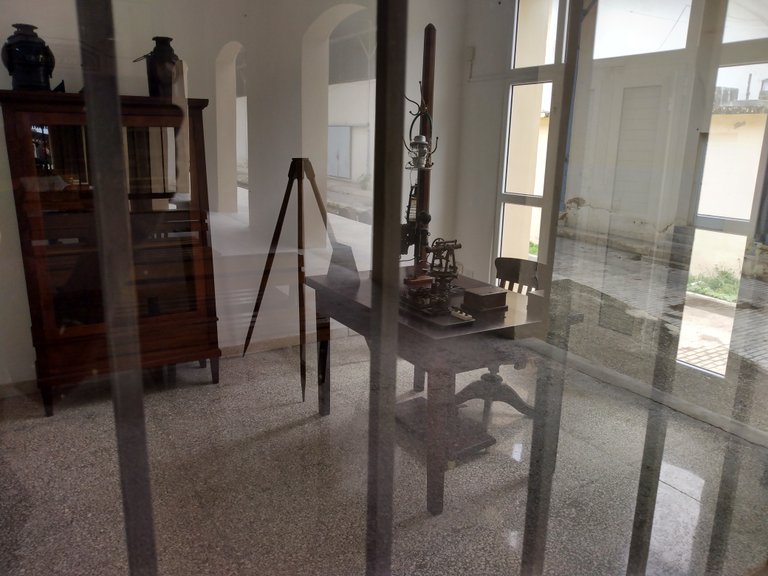
Trolley used for transporting luggage.

Old telephone.
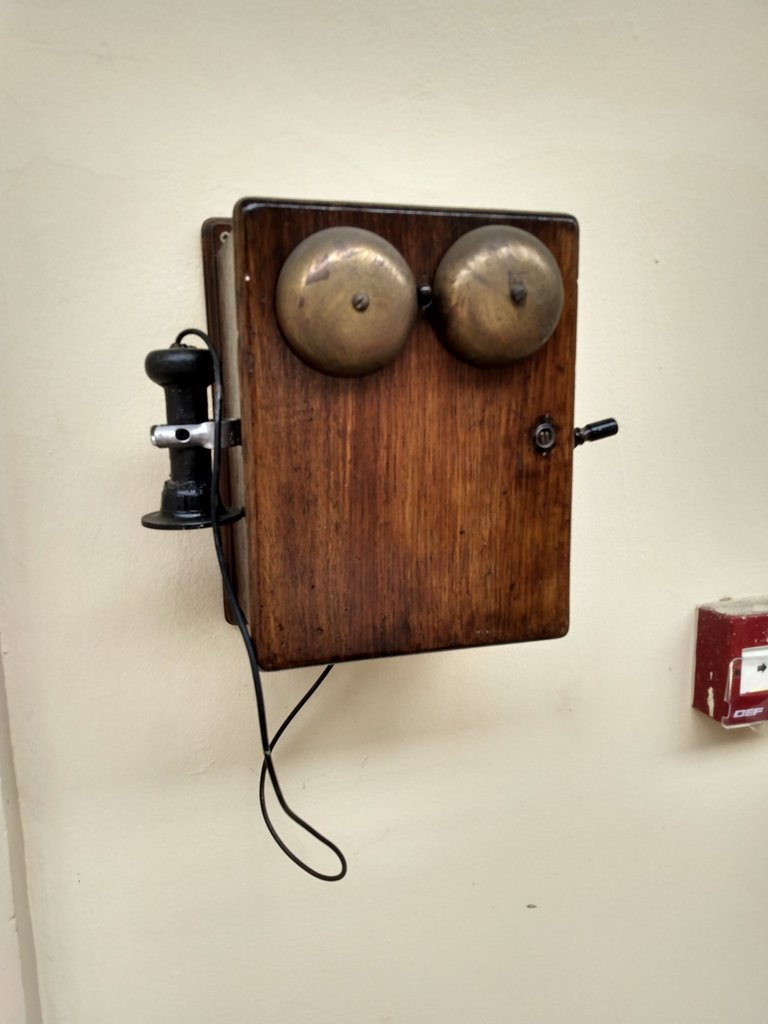
Well, so much for our tour of the Cuban Railway Museum. I hope you enjoyed it and see you on the next adventure.
All photos are mine, taken with my Moto g play (2021) mobile phone.
Translated at DeepL.
Versión en español
Hola estimada comunidad de viajeros. En esta ocasión les invito a realizar un recorrido por el interesante Museo del Ferrocarril de Cuba en La Habana. Se encuentra ubicado cerca de la intersección de las calles Cristina y avenida Arroyo (Manglar), este museo constituía la antigua estación ferroviaria ´´Cristina´´ nombre que fue dado en honor a la gobernadora Doña María Cristina de Borbón, regente del reino de España. Este inmueble constituyó la estación principal de la Empresa de Ferrocarriles del Oeste, quien fuera una compañía fundada en el año 1859 por la acaudalada familia Pedroso. En 1912, concluyeron las operaciones de pasajeros debido a la inauguración de la Estación Central de los Ferrocarriles; como resultado Cristina fue utilizada como un depósito para guardar equipos de arrastre en desuso. Ya en 1980, se inician las labores de restauración de Cristina hasta que el 19 de noviembre de 2002 se inaugura como el Museo del Ferrocarril de Cuba, declarado Monumento Nacional. En este museo podemos conocer la historia del ferrocarril cubano y contemplar variedades de locomotoras, herramientas y equipos del sistema ferroviario cubano a lo largo de la historia. Actualmente, una parte del inmueble se encuentra en restauración.
En cuanto entramos al inmueble, en la sala principal nos encontramos primeramente con una de las piezas más emblemáticas del museo, la locomotora más antigua de Cuba denominada ´´La Junta´´, con la característica especial de que conserva casi todas sus piezas originales. Fue construida en 1842 y enviada a Matanzas un año después, constituyendo la locomotora principal de un ferrocarril matancero llamado Ferrocarril de Matanzas. Fue comprada en EE.UU. y fue ideada por el norteamericano Thomas Roger, un destacado fabricante de locomotoras de vapor en el siglo XIX y encargada por Alfred Cruger, quien fuera el ingeniero que ideó y construyó el primer ferrocarril de Cuba. Con la creación de la Estación Central de Ferrocarriles en La Habana se unifican ambos ferrocarriles y esta locomotora es llevada a su sitio actual.
También encontramos la única locomotora de fabricación inglesa que atesora el museo, La Manning. Fue fabricada en 1873 por la compañía inglesa Manning, Wardle and Co. LTD con el número de serie 441 y se considera la segunda locomotora más antigua y la única fabricada en Inglaterra que se preserva en Cuba. Fue adquirida por el Ferrocarril de la Bahía de La Habana y su presencia en buen estado de conservación es resultado de un destacado rescate de arqueología industrial ferroviario efectuado entre 2003-2006.
Otra de las máquinas que llaman la atención es la número 1112, utilizada en una de las escenas del filme cubano ´´José Martí: El ojo del canario´´. Esta locomotora estuvo trabajando a finales del siglo XX en los centrales azucareros y en esa época fue considerada la locomotora de vapor en activo más antigua del mundo.
Llama la atención la locomotora de vapor #1657 que destaca entre todas sus congéneres por el enorme tamaño de sus ruedas con ¡57 pulgadas de diámetro! Se fabricó en 1916 y cuando empezó a funcionar en Cuba tenía el número 239 de la compañía norteamericana Cuban Railroad de los Ferrocarriles de la Norte de Cuba y se encargaba durante varios años del traslado de pasajeros desde Santiago de Cuba hacia la capital. A pesar del tiempo, presenta un elevado nivel de conservación de sus componentes.
Otra de las piezas que tienen un atractivo especial es la locomotora con la que Fidel Castro, líder histórico de la Revolución Cubana inauguró el primer tramo reconstruido y modernizado de la línea central del ferrocarril el 29 de enero de 1979, fecha considerada como el Día del Trabajador Ferroviario en Cuba.
La locomotora Baldwin de vía estrecha constituye parte del patrimonio azucarero y ferroviario, su construcción data de 1905 en Estados Unidos y fue adquirida por el central Santa Lucía, donde transcurrió toda su vida útil.
Me llamó mucho la atención la funcionabilidad de un tipo de locomotora de vapor que no eran utilizadas para mover cargas, sino más bien para suministrar vapor caliente por medio de una gruesa manguera a las otras locomotoras que si se usaban para tracción.
Locomotora de vapor 1501, fabricada en 1895 por Rogers Locomotive and Machine Works, USA, fue adquirida por Ferrocarriles Unidos de La Habana para un central azucarero y posteriormente prestó servicio en los centrales Rosario (Rubén Martínez Villena) y Orozco (Pablo de la Torriente Brau).
Otras de las máquinas interesantes es la grúa con que se alzaban vagones y otras cargas pesadas. Al igual que las locomotoras antiguas antes mencionadas su funcionamiento se basaba en la energía del vapor de agua caliente. Alcanzaba una velocidad máxima de 30 Km/h y podía alzar un peso de hasta 75 toneladas.
Lamentable, la sala donde se exponen maquetas de locomotoras está por el momento cerrada al pública, sin embargo, en una parte de la sala principal se exponen dos maquetas de locomotoras de vapor, confeccionadas con increíble maestría artística hasta el más minucioso detalle.
Ya en la sesión de taller encontramos otros elementos no menos importantes conservados en el museo como: equipos de señalización, cambio de vía, tornos, prensas, cortadora de metal, etc; los cuales, permitían el correcto funcionamiento del sistema ferroviario.
Barrera manual utilizada para impedir el paso de vehículos cuando se aproxima un tren.
Timbre de paso a nivel utilizado para alertar la proximidad de un tren.
Martinentes usados para remachar piezas metálicas, fabricados en 1870 y 1896 por compañías estadounidenses.
Cortadora de metal, fabricada en 1914 por la compañía inglesa The Peck Stow and Wilcox Co.
Interlocking de 24 palancas.
Roscadora inglesa.
Pupitre de mando de cambiavía eléctrico.
Torno de vapor, fabricación estadounidense.
Ventanilla donde se efectuaba la venta de boletines cuando funcionaba la Estación Cristina.
Carretilla usada para la transportación de equipajes.
Teléfono antiguo.
Bien, hasta aquí nuestro recorrido por el Museo del Ferrocarril de Cuba. Espero les haya gustado y nos vemos en la próxima aventura.
Todas las fotos son mías, tomadas con mi teléfono móvil Moto g play (2021).
Traducido en DeepL.
Thanks qurator for your curation and support
Congratulations, your post has been added to WorldMapPin! 🎉
Did you know you have your own profile map?
And every post has their own map too!
Want to have your post on the map too?
Thanks worldmappin.
I really liked the anecdote about the locomotive used in the film and the description of the locomotive using steam to power other locomotives, how ingenious!
Thank you for sharing this journey through time and history of the Cuban railway. I look forward to your next adventure!
A tender greeting! 😊
Hello Silvia, thanks for your comment and support. Greetings from Cuba
Congratulations @reneyasmany! You have completed the following achievement on the Hive blockchain And have been rewarded with New badge(s)
Your next target is to reach 10000 upvotes.
You can view your badges on your board and compare yourself to others in the Ranking
If you no longer want to receive notifications, reply to this comment with the word
STOPCheck out our last posts:
Thanks hivebuzz for your support
You're a true champion @reneyasmany! Keep striving for greatness and you'll reach your Hive goals in no time.
BTW, we noticed we miss your support for our proposal. Mays we ask you to check it out and consider supporting it?
All you need to do is to click on the "support" button on this page: https://peakd.com/proposals/248.
Thank you!
Hiya, @lizanomadsoul here, just swinging by to let you know that this post made it into our Top 3 in Travel Digest #2278.
Your post has been manually curated by the @worldmappin team. If you like what we're doing, please drop by to check out all the rest of today's great posts and consider supporting other authors like yourself and us so we can keep the project going!
Become part of our travel community:
@lizanomadsoul thanks very much for your vote and support. It´s an honour for me to be in Travel Digest. Greetings. I attempt to sharing content in the page.
You are very welcome @reneyasmany. It is great to have your content on the map :)
A very interesting place, I hope I can visit there someday
Hello, yes you are right, it´s a beautiful and interesting museum. Thanks for your comment.
Oh my dad would have loved your post to see all the old locomotives.
His first love was trucks, (he was a truckdriver) then mum and us, then cars and tractors, but he also loved trains and I still can't believe that until the day he died at 88, he had never been on a train, but I know he always wanted to go on a grand train journey and he would've loved it.
I love train journeys though!
And one day, I want to take a great big train journey around Europe.
Thanks for sharing!
Hello, it's very interesting what you wrote to me. It is a pity, because your father would have been very pleased with this publication. Truly, trains are incredible machines. I like everything about them. Thanks for your comment.
Yeah I love train trips myself and we don't have too many over here, but what we do have are very unique journeys, though desert and rainforest, along the coast and over the mountains, so hopefully one day you'll be able to experience ours.
For example, we have the Indian Pacific from Perth to Sydney via Adelaide and Broken Hill and a few others too.
Then the Ghan which goes from Adelaide straight up the centre to Alice Springs and the Savannahlander which goes north from Brisbane up through Queensland to lots of places https://savannahlander.com.au/tours/
https://www.journeybeyondrail.com.au/
Hopefully one day you'l get to come over here and check these journeys out!